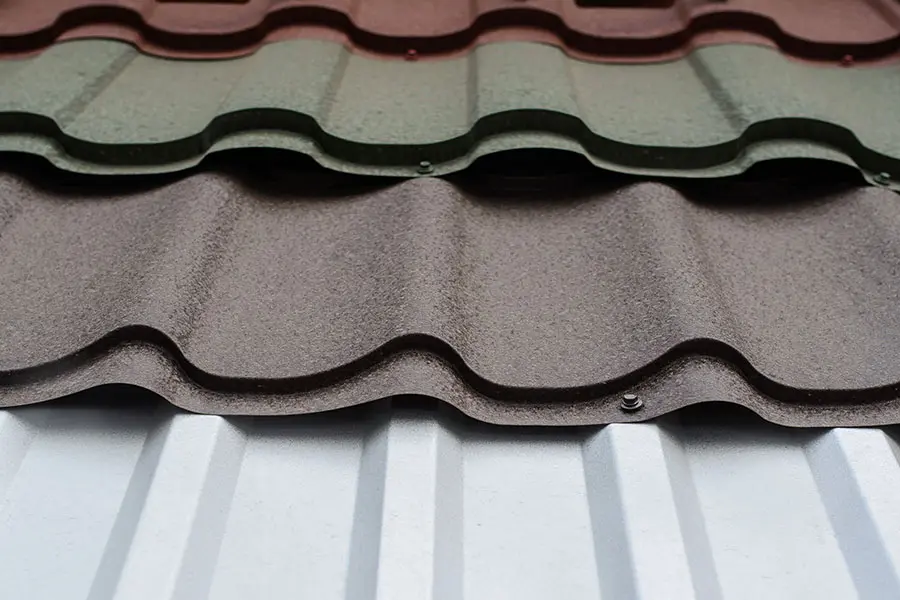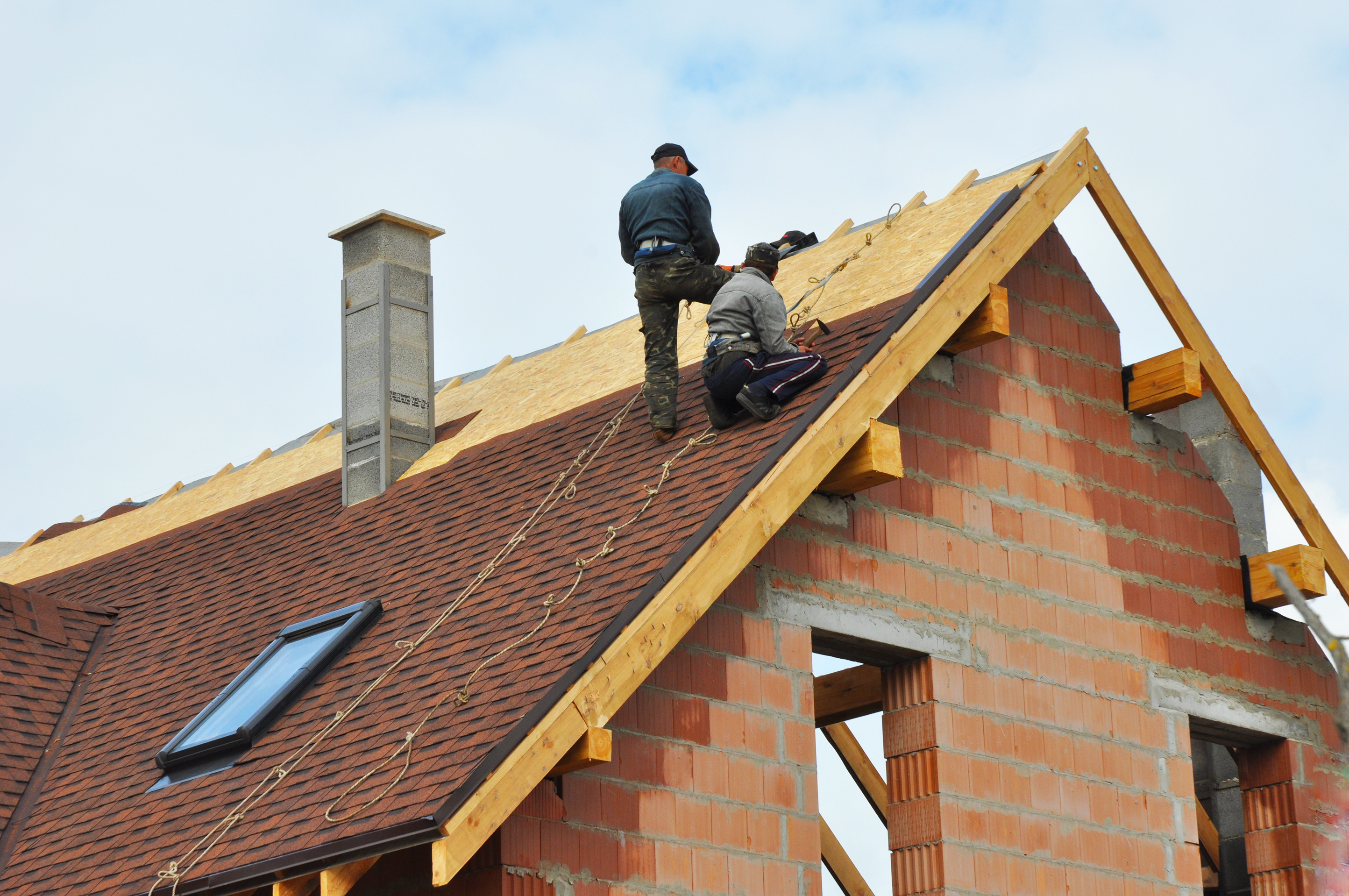Best Practices for Ensuring Correct Roofing Ventilation
Making certain correct roof ventilation is vital for the long life and efficiency of a roof. A balanced consumption and exhaust air vent proportion, commonly 1:300, plays an essential duty, with consumption vents preferably put at the lower edge of the roofing for great air access and exhaust vents at the height for cozy air departure. Normal assessments to recognize clogs and keep clear air flow are extremely important. Keeping insulation away from vents is essential to protect against air movement constraint. Recognizing these fundamental aspects sets the stage for even more comprehensive insights right into setup and upkeep techniques that can dramatically enhance your roof covering system's performance.
Understand Ventilation Fundamentals
Correctly comprehending air flow fundamentals is essential for making certain the long life and efficiency of roof. Reliable air flow minimizes dampness accumulation and temperature level extremes in the attic room, both of which can cause significant structural damage over time. A well-ventilated roof covering helps in stopping typical concerns such as mold and mildew development, wood rot, and ice dams, which can jeopardize the integrity of the roof covering products and the underlying frameworks.
The main objective of ventilation is to assist in the movement of air, enabling a constant exchange in between the indoor and outside atmospheres. This balance is accomplished via a combination of consumption and exhaust vents that interact to keep optimum air movement. Intake vents, usually situated along the soffits or eaves, enable fresh air to get in the attic room room, while exhaust vents, frequently located at or near the roofing ridge, make it possible for warm, moist air to leave.
Secret variables affecting the effectiveness of roof covering ventilation consist of proper placement, appropriate sizing, and guaranteeing that both intake and exhaust vents are unhampered. Routine assessment and upkeep are crucial to identify possible obstructions, damages, or inadequacies in the air flow system, therefore securing the roofing system's efficiency and longevity.
Types of Roof Covering Vents
Roofing system vents play an essential function in maintaining reliable attic air flow and, by expansion, the total health and wellness of the roofing system. Numerous types of roofing vents are readily available, each with special advantages tailored to details roofing demands.

Soffit vents are mounted under the eaves and job in tandem with roofing system vents to make sure a well balanced consumption and exhaust system. By permitting cooler air to go into from below, soffit vents help with the expulsion of hot air via upper vents. Gable vents, located on the outside walls of the attic, deal one more efficient service, particularly in homes with saddleback roofs.
Evaluate Your Existing Ventilation

Following, consider the age and problem of your roofing products and air flow elements. Older systems might not follow present building ordinance or might have deteriorated in time, decreasing their effectiveness. Conduct a thorough evaluation to recognize any indicators of damage, such as rust, damages, or gaps that can jeopardize the system's performance.
Furthermore, gauge the attic room temperature level and moisture degrees. High temperatures and moisture can show inadequate air flow.
Installation Best Practices
Effective installment of roof air flow systems is extremely important for making sure optimal performance and durability. Proper setup starts with comprehending the details ventilation demands of the roof covering and the structure it covers. This entails computing the appropriate proportion of consumption to exhaust vents, usually sticking to the 1:300 regulation, which states one square foot of air flow for each 300 square feet of attic room floor area.

The positioning of vents is similarly critical. Consumption vents must be installed at the roof's reduced side, typically in the soffits, to permit great air to go into. Exhaust vents, on the various other hand, need to see this site be installed near or at the roof covering's optimal to promote the leave of cozy, moist air. This produces a natural airflow that helps preserve temperature and wetness balance within the attic room room.
Seal all air vent connections diligently to avoid air leaks and prospective water infiltration. Usage top quality products and adhere to producer standards to make certain toughness and effectiveness. Furthermore, integrating ridge vents with baffles can considerably boost air movement performance by preventing wind-driven rainfall and snow from entering the attic.
Eventually, exact installment of roof ventilation systems minimizes prospective problems such as mold and mildew development, ice dams, and architectural damage, ensuring the roofing system's honesty and the building's general health and wellness.
Regular Maintenance Tips
Uniformity in upkeep practices is essential to making certain the long-lasting efficiency of roof ventilation systems. Normal inspections are Get More Information essential, ideally executed biannually-- in the spring and autumn. During these assessments, ensure that vents are devoid of debris, nests, and various other blockages that might restrain airflow. Check for any type of indications of dampness build-up or mold, as these can indicate incorrect air flow or leakages (roofing companies).
Cleaning the vents is an additional crucial task. Utilize a soft brush or a vacuum cleaner to eliminate dirt and debris from consumption and exhaust vents. Beware not to harm the vent displays or louvers throughout the procedure. In addition, examine the attic room space for any kind of indicators of water damage, which could jeopardize the integrity of the roofing system.
Proper insulation is similarly crucial. Guarantee that attic room insulation does not obstruct the vents, as this can significantly restrict air flow. Reposition or replace it to maintain an efficient barrier. if Click This Link any insulation has shifted or cleared up.
Finally, replace any damaged or missing components promptly. Broken vents, split tiles, or scrubby blinking can all contribute to insufficient ventilation and must be attended to right away. Routine maintenance ensures that the roof covering air flow system functions optimally, thus extending the life expectancy of the roof covering itself.
Conclusion
Making certain correct roof covering air flow is vital for preserving the effectiveness and resilience of a roof covering system. Adherence to the 1:300 intake and exhaust air vent proportion, coupled with the tactical placement of vents, is crucial.
A well balanced intake and exhaust vent ratio, typically 1:300, plays a pivotal duty, with consumption vents preferably positioned at the reduced edge of the roof for trendy air access and exhaust vents at the top for warm air departure. Consumption vents, normally located along the soffits or eaves, enable fresh air to enter the attic room area, while exhaust vents, usually located at or near the roof ridge, enable hot, moist air to get away.
Soffit vents are mounted under the eaves and work in tandem with roofing system vents to ensure a balanced consumption and exhaust system. By permitting cooler air to go into from below, soffit vents help with the expulsion of hot air through upper vents. Adherence to the 1:300 consumption and exhaust vent ratio, paired with the calculated placement of vents, is necessary.
Comments on “Just How Gainesville Roofing Companies Can Transform Your Home's Outside”